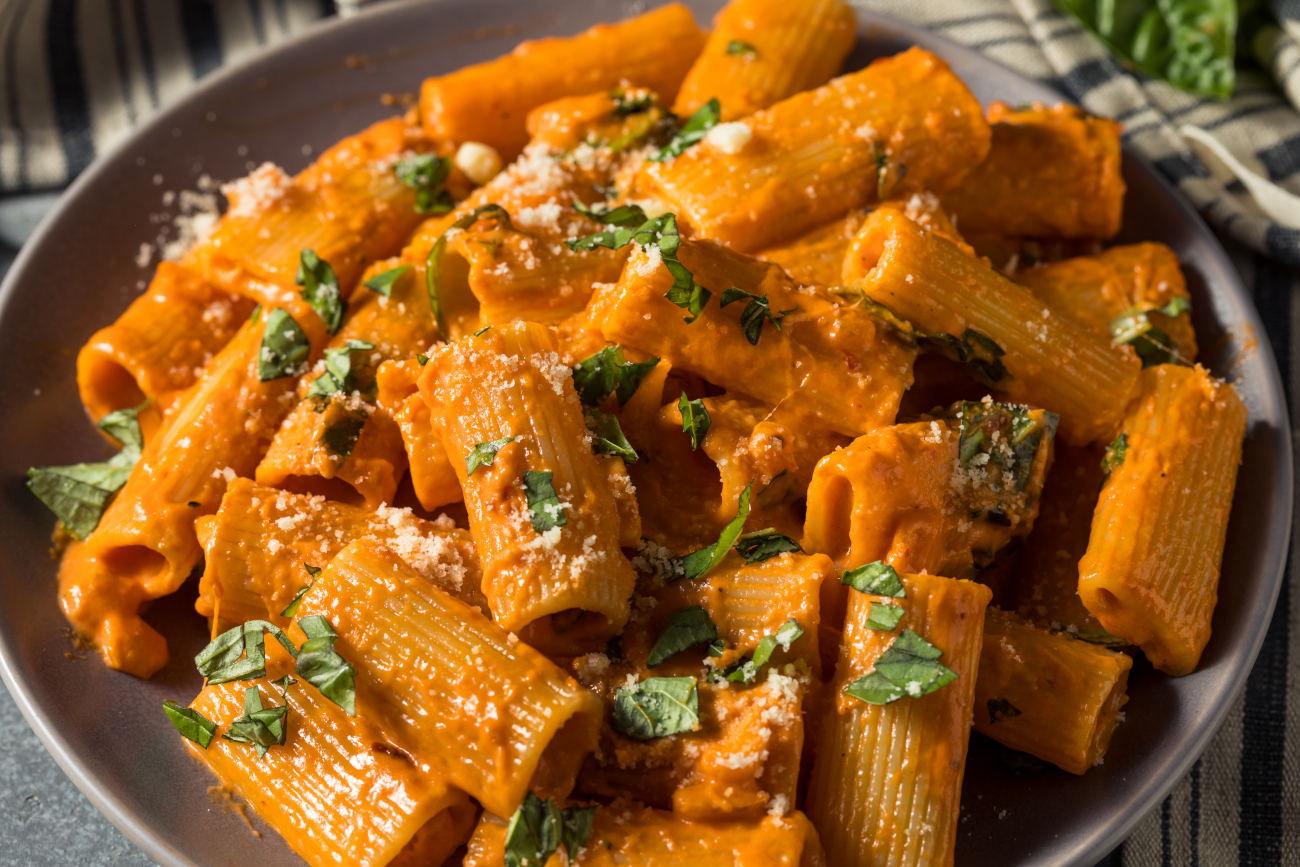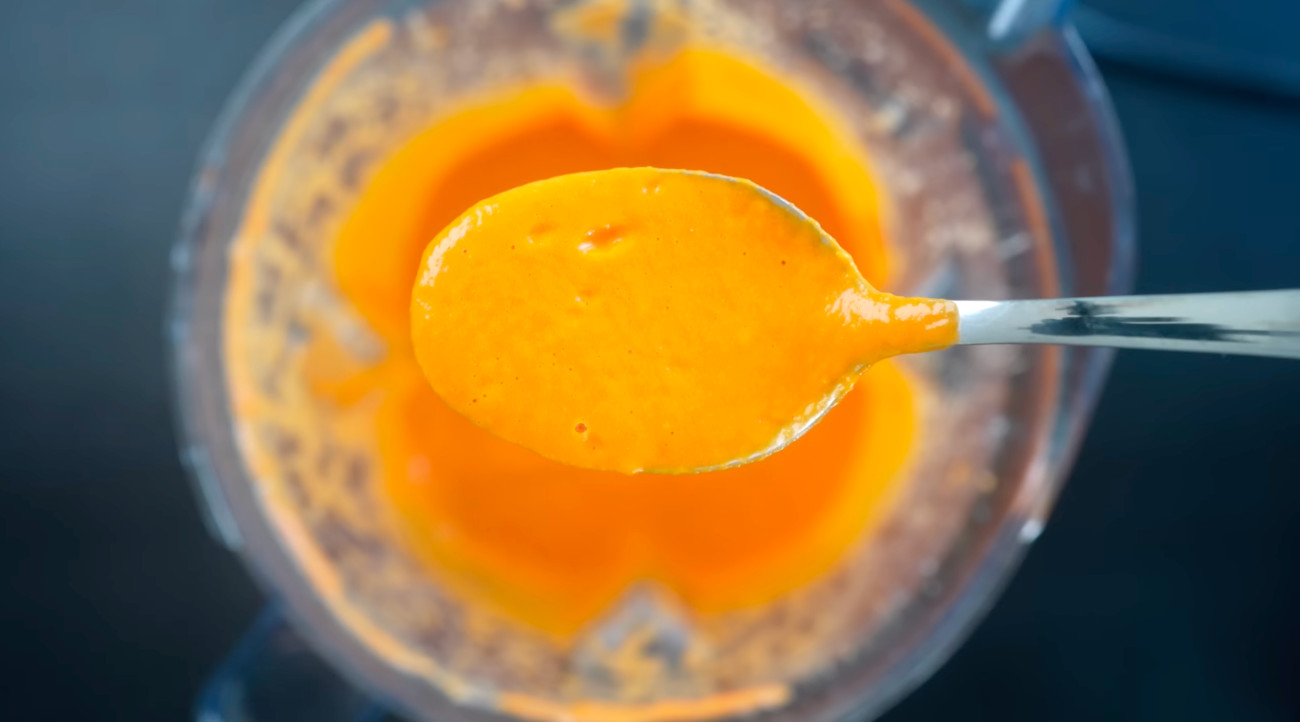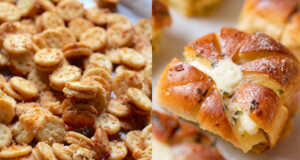With a slight drop of alcohol, a rather benign creamy tomato pasta turns into something beyond belief — that’s at least what everyone says. Penne alla vodka is a recent creation, spurred by many inventors, but most certainly crafted in New York City and not Italy. Unless we want to impress a love interest or guests with a home-cooked meal, is it worth shelling a hefty price to get that alcohol taste? Do you need to use alcohol in penne alla vodka?

On his YouTube channel, Ethan Chlebowski shares his experiment with vodka sauce to the world. When you add alcohol to a dish, you are tasting the ethanol molecules of the alcohol.
This ethanol does two things — it adds flavor to your dish, and it works with the flavors already present in the dish. The vodka’s alcohol is very friendly, it mixes with both fat molecules and water molecules. Mixing with fat and water develops fruity esters which can give the sauce a deep and more complex flavor. Esters play off of the fermented qualities already present in foods and enhance the aromatic compounds. Yet, after all of the cooking is said and done, how much alcohol is left?

Dishes like stewed and braised meats have a remaining 5 % alcohol left in the dish. A flambeed dessert like bananas Foster has as much as 50% of the ABV remaining. Dishes that are quickly sautéed, like penne alla vodka, sit between these two percents, meaning yes, there is still alcohol present. In fact, there might be as much as 10 to 50 % of the alcohol remaining in the dish. This means a dish that had 2% ABVs worth of alcohol might (after cooking) contain as much as 1% ABV.

So when you cook down a pasta dish, you’re tasting the remaining ethanol flavors. Many people, if they add too much, taste only the bitter and burning sensations of the alcohol and not much of the sweet aromatic flavors. On the flip side the more they cook the alcohol off, the other, more delicate flavors over-evaporate — it’s more of a balancing act than you think!
Vodka is the most neutral of alcohol, being the purest of flavors. Many people say that alcohol does more than add alcohol flavor and promote ester compounds. Other alcohols have other more prominent flavor compounds like sweetness, deep earthiness, and acidity. You notice this with flavor-forward alcohols like wine. Penne alla wine would taste very different from penne alla vodka.
So what is the best alcohol for this pasta sauce? When Ethan compared different alcohols in pasta sauce and concluded that alcohol like gin — which has piney and floral notes – would add more complexity than straight plain vodka alone.

If you want to omit the alcohol from penne alla vodka, you’re certainly able to do so — just know that the ethanol flavor won’t be present. If you don’t have vodka on hand, you can substitute vodka for other liquors like tequila, white wine, and gin, just add these alcohols slowly, as their flavor intensity is quite different than wheat or corn vodka.
To see the full experiment, watch the video below.













